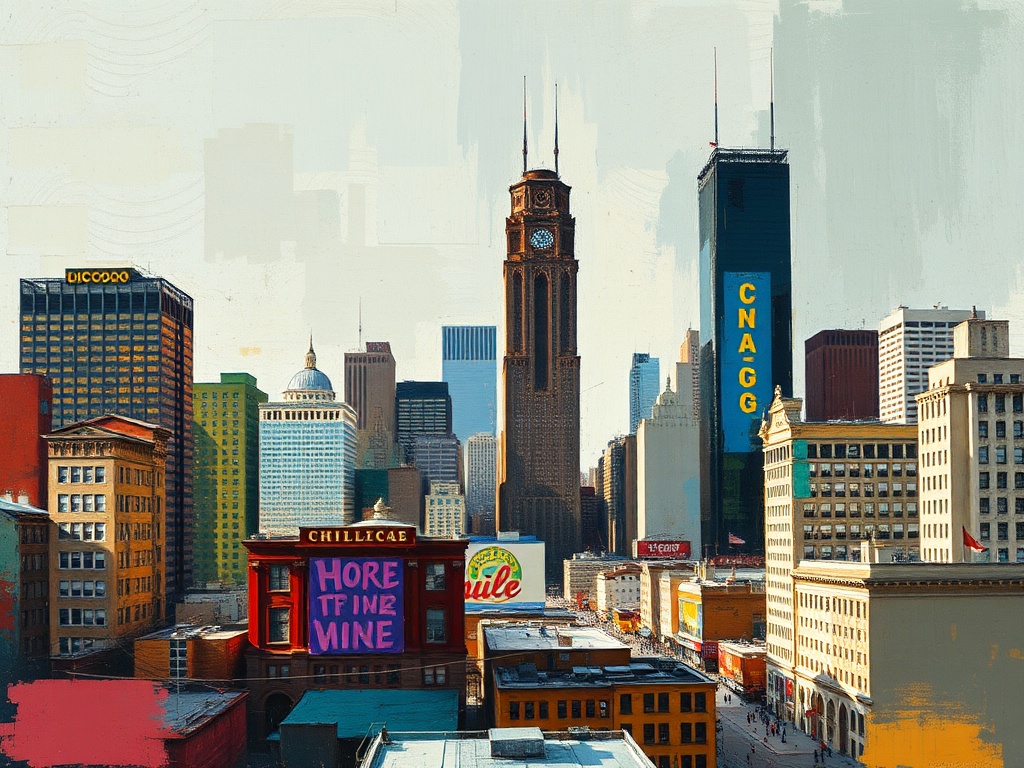Chicago’s lakefront is one of the city’s greatest assets — a continuous ribbon of parks, trails, public art, beaches, and water activity that offers something for every pace. Whether planning a leisurely weekend outing or looking for daily ways to stay active, the lakefront and riverfront deliver skyline views, cultural touchpoints, and easy access from most neighborhoods.
Why the lakefront matters
The lakefront connects major attractions—green space, beaches, and waterfront dining—with everyday routes for commuters and recreation seekers.
It also serves as a hub for seasonal programming, temporary art installations, and community events, making it both an activist’s playground and a peaceful retreat depending on where and when you visit.
Top ways to experience the waterfront
– Walk or run the Lakefront Trail: This multi-use path stretches for miles along Lake Michigan, with generous views of the skyline, sandy beaches, and parks. Clear signage and frequent access points make it easy to customize distance and scenery.
– Explore the Chicago Riverwalk: A pedestrian promenade with restaurants, public art, boat launches, and seating terraces.
It’s an ideal spot for a waterfront meal or to catch an architectural boat tour.
– Rent a kayak or paddleboard: Launch points along the river and near the harbor offer rentals and guided paddling options.
Paddling between bridges provides a unique perspective on the city’s architecture.
– Bike the shoreline: Public bike-share stations and local rental shops make cycling a practical option.
Many cyclists combine the Lakefront Trail with neighborhood greenways for longer loops.
– Visit public parks and beaches: From family-friendly beaches to quieter stretches of sand, public parks along the lakefront host fitness classes, concerts, and casual picnics.
– Take an architecture boat tour: Seeing skyscrapers from the water emphasizes the city’s layered design history and highlights lesser-known gems between iconic landmarks.
Neighborhoods and spots to know
– Millennium Park and nearby plazas pack public art, free performances, and convenient access to the Lakefront Trail.
– The Riverwalk spans lively dining nodes and quiet seating areas; aim for early evening to enjoy lights and reflections on the water.
– Near the harbors and piers, seasonal pop-ups and culinary vendors create a festival-like atmosphere without needing special tickets.

Practical tips for a better visit
– Timing matters: Mornings are ideal for quieter walks and cooler weather; evenings offer dramatic skyline silhouettes and milder conditions for dining outdoors.
– Pack essentials: Sun protection, water, comfortable shoes, and a light layer for lakeside wind will keep outings pleasant.
– Transit and parking: Public transit and bike-share reduce parking stress. Many trailheads are reachable by bus or train.
– Safety and etiquette: Keep right on the trail, signal when passing, and be mindful of swimmers and kayakers. Dispose of trash responsibly to protect the shoreline.
– Accessibility: Many parks and riverfront sections feature accessible pathways, ramps, and seating; check local park resources for specifics before visiting.
Sustainability and stewardship
Community clean-ups, native plantings, and shoreline restoration efforts are common, reflecting ongoing attention to water quality and habitat. Participating in volunteer events or supporting local stewardship initiatives helps maintain these public spaces for everyone.
The lakefront and riverfront are dynamic, adaptable parts of city life that invite both routine and discovery. Plan a route, try a new activity, or simply sit and watch the water — each visit offers a fresh angle on the city’s skyline and spirit.